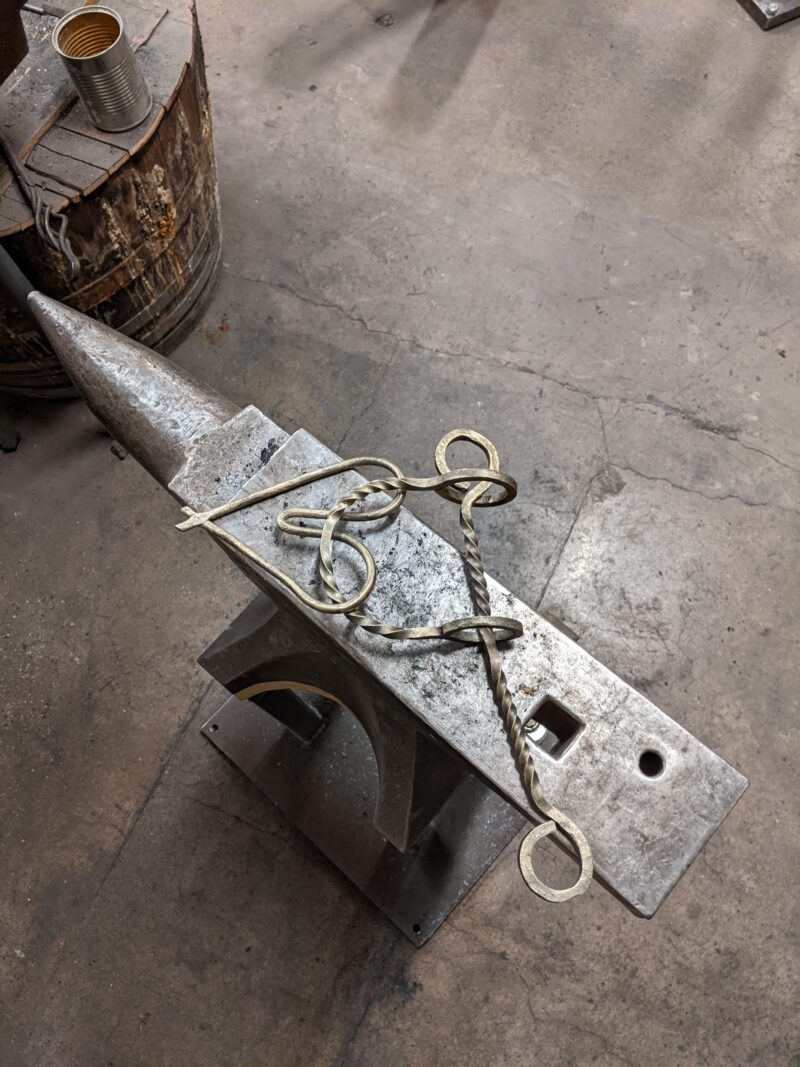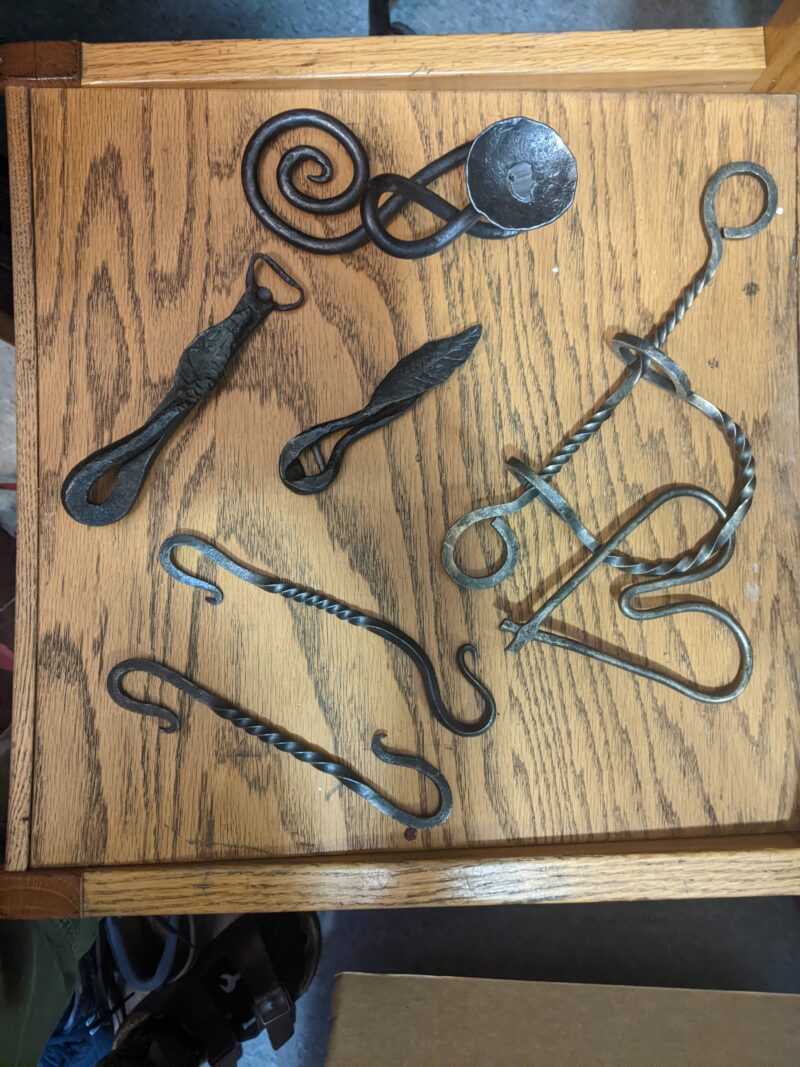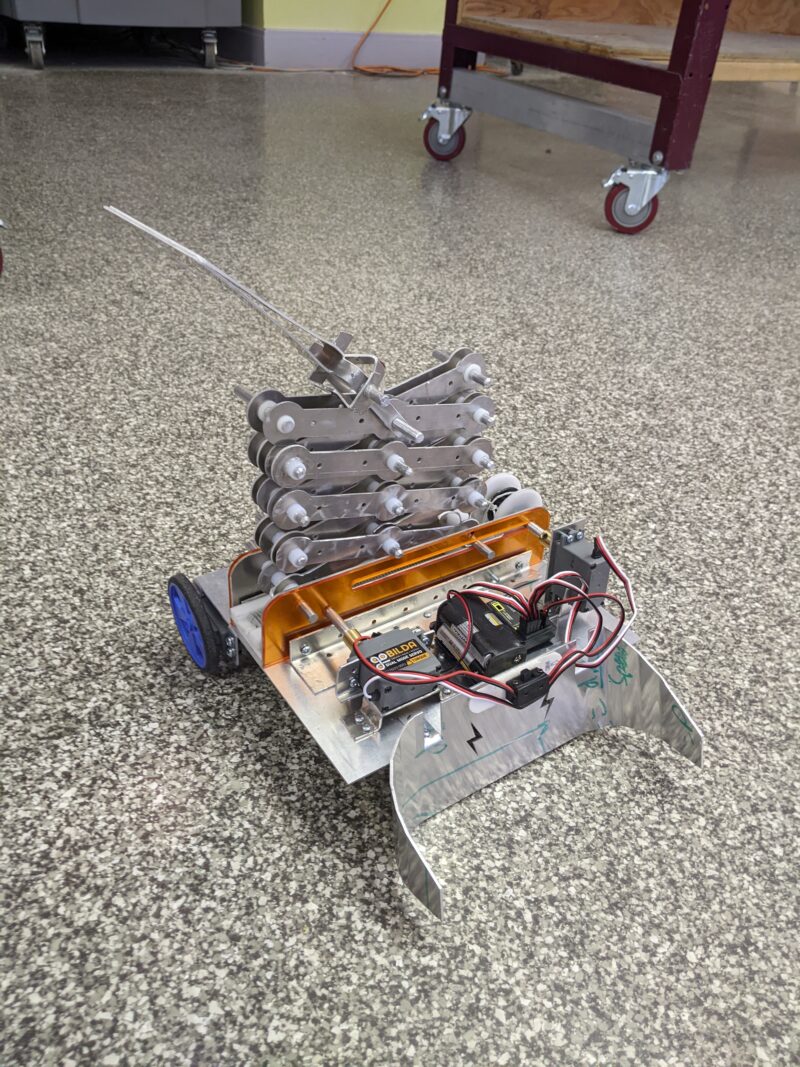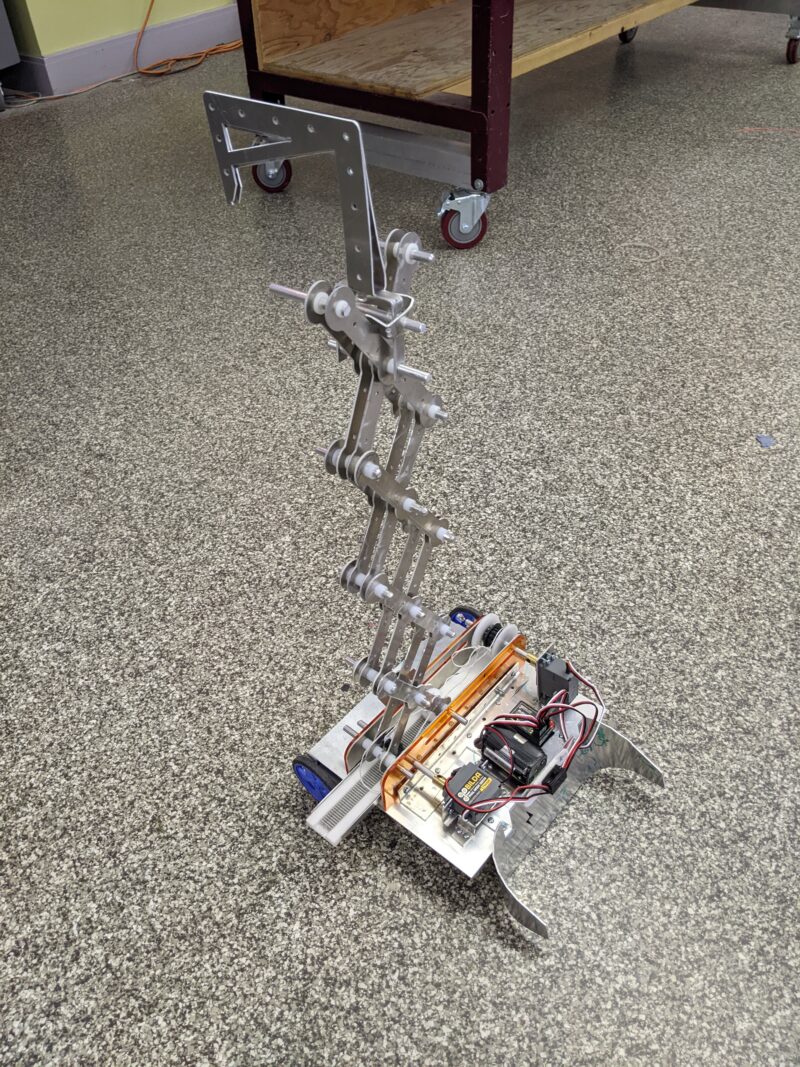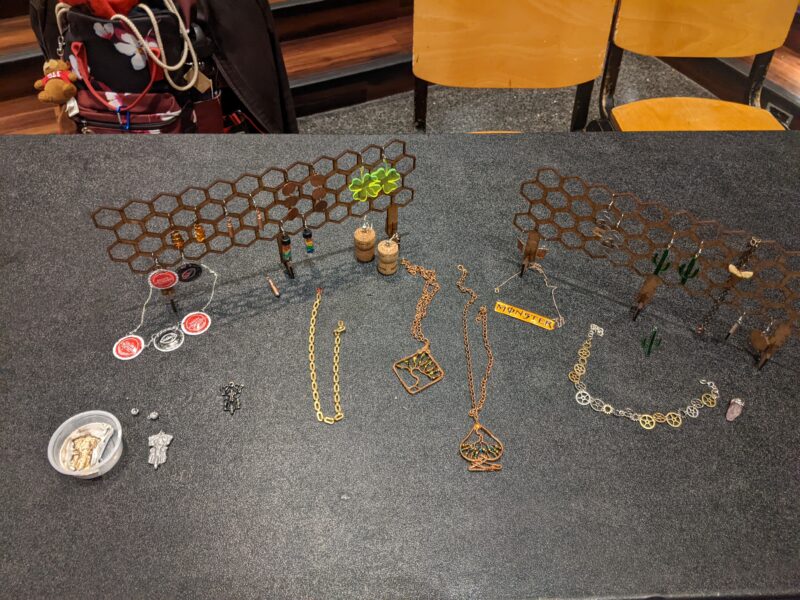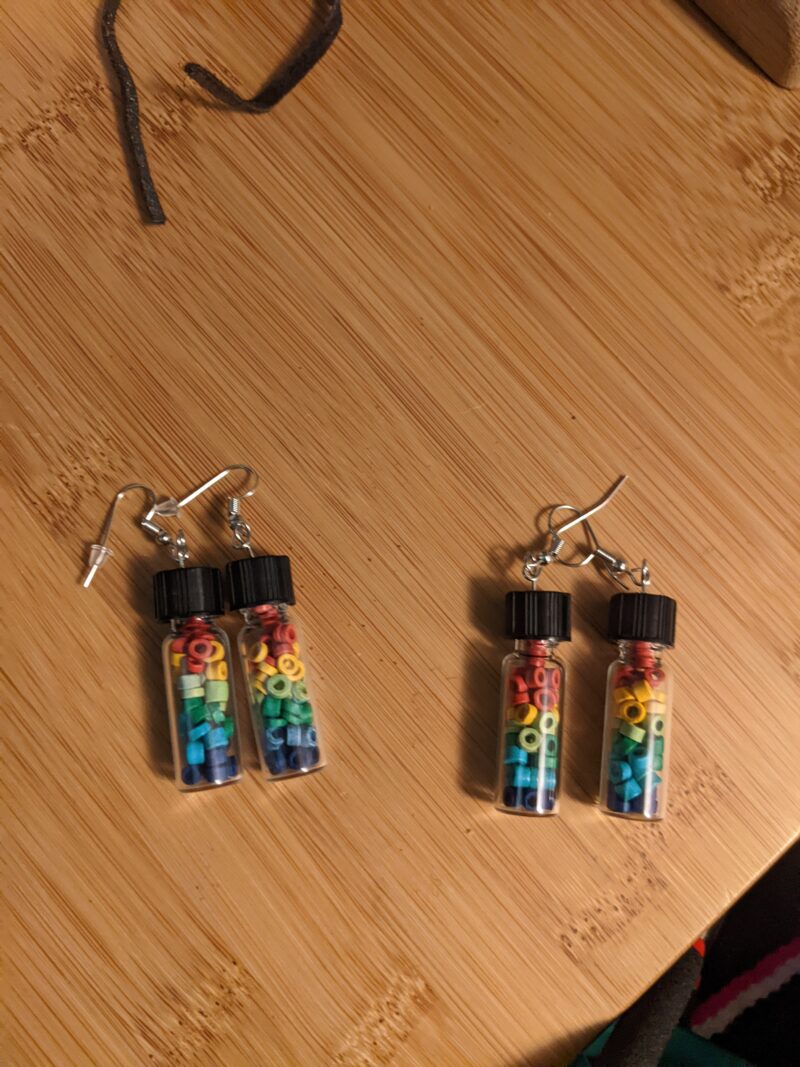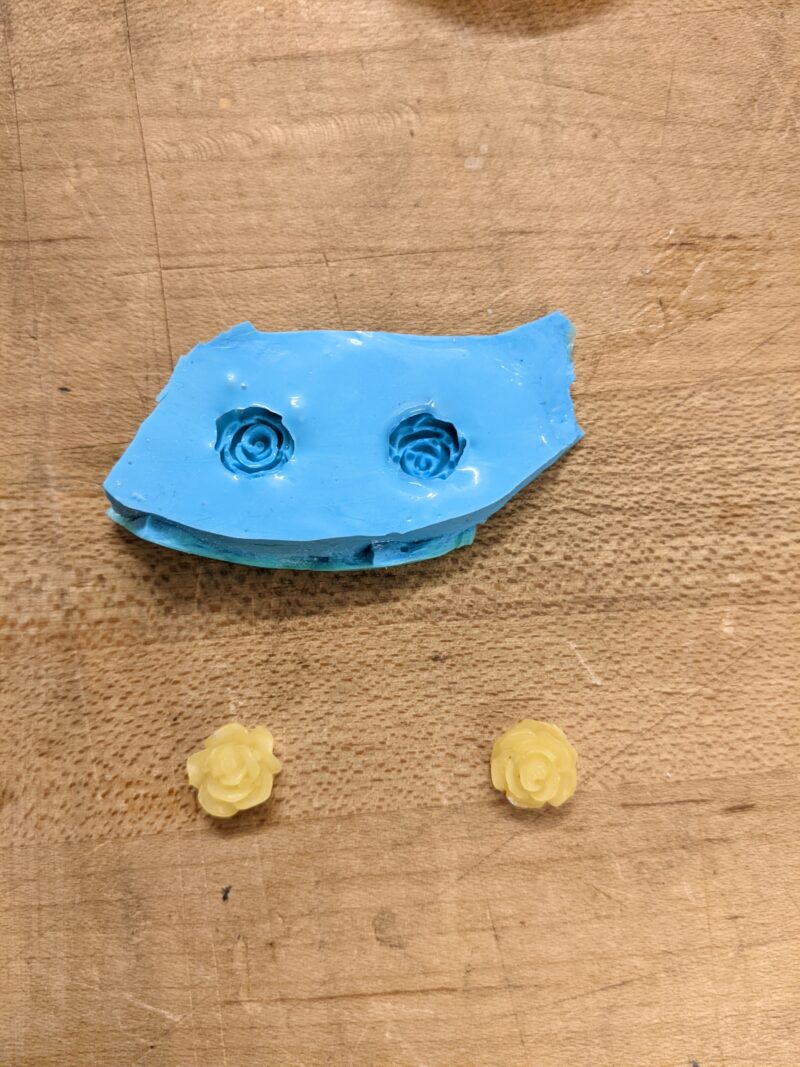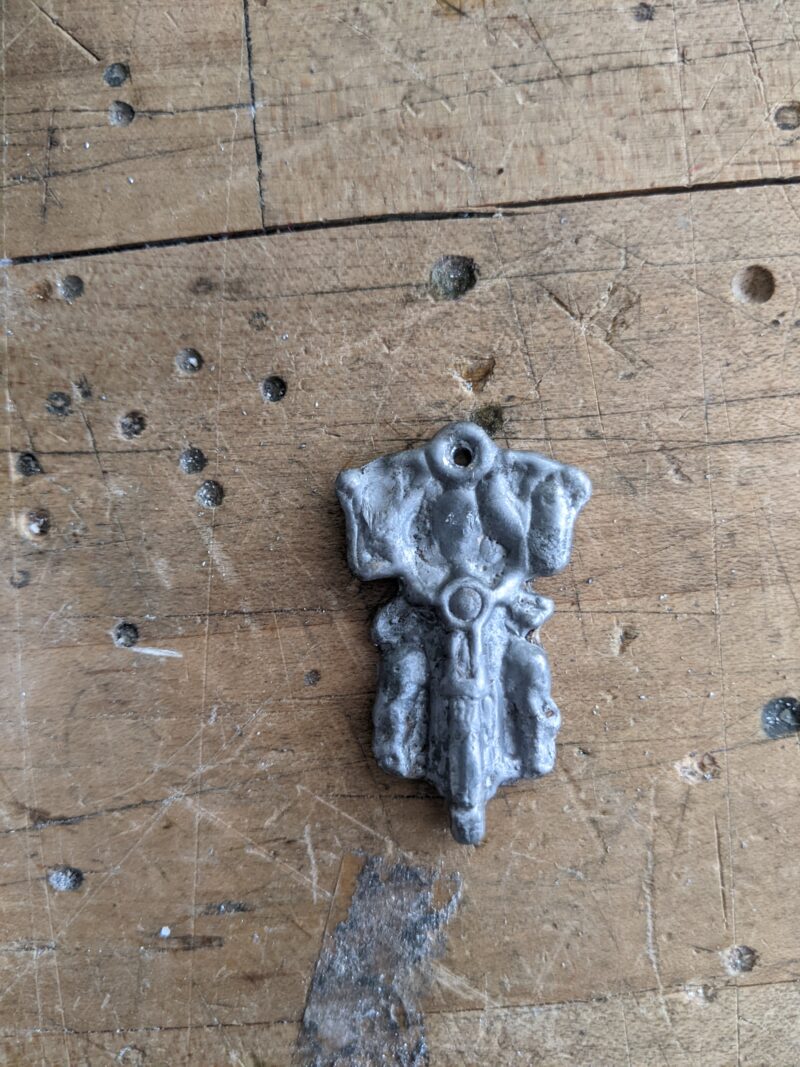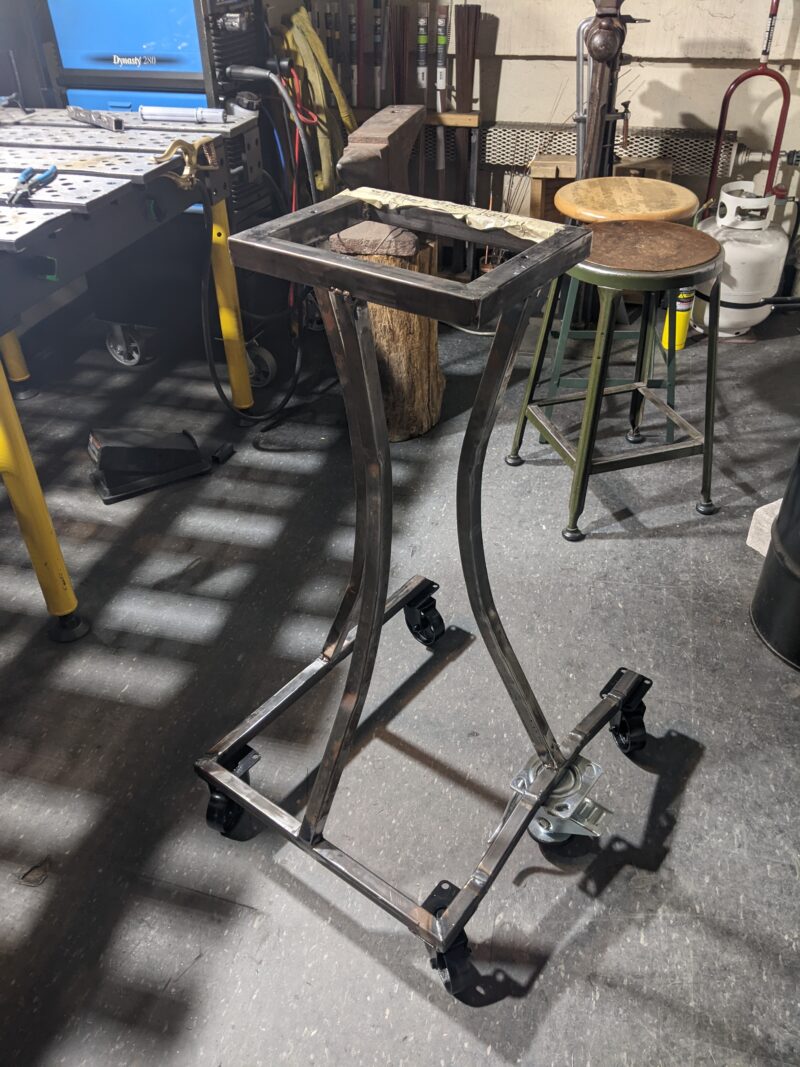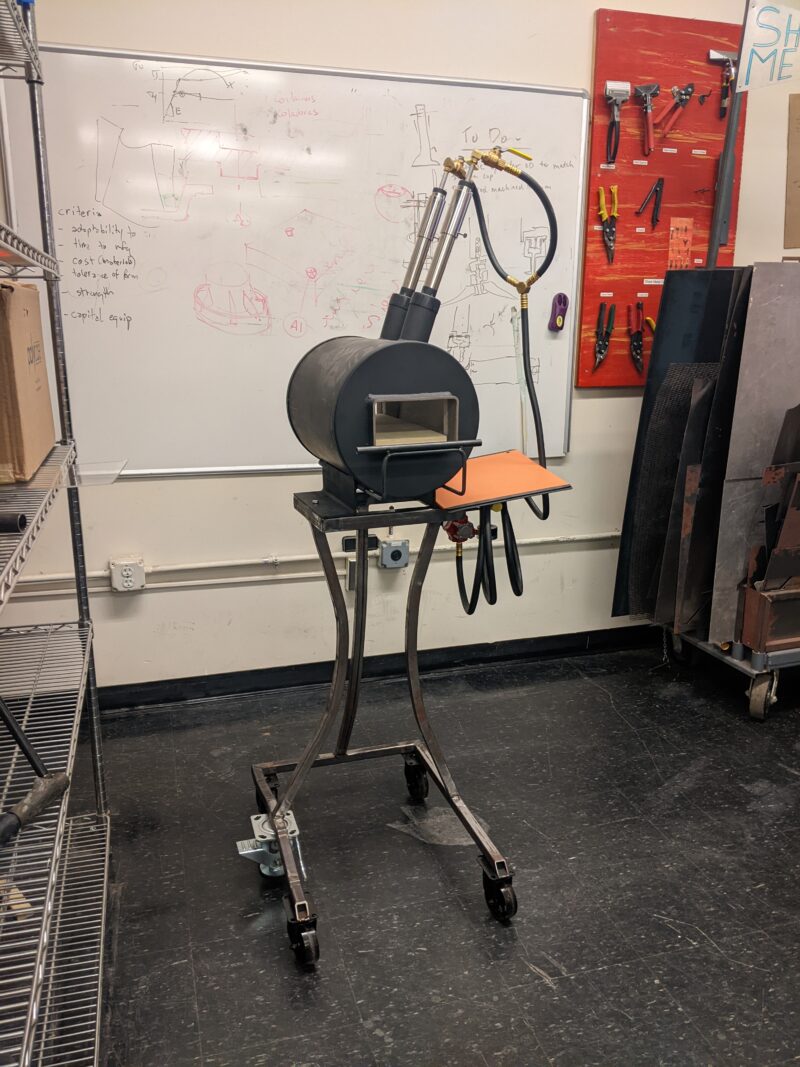
10 things I learned in 10 projects by Amber V. '24
a run-down of my making misadventures sophomore year
I do not know if I have mentioned this on the blogs or in public, ever, but I am actually majoring in mechanical engineering. I went on a quest my sophomore year to build as much01 actually I think each building project is like a sidequest: fully unnecessary and a lot of work, but also what is the point of the game if you do zero sidequests? I do not know. I haven’t played games for years as a hectic MIT schedule allows.
I learned new things with every project, so here’s a list of the 10 most useful lessons.
1. Lightning-bolt earrings
What do they represent?
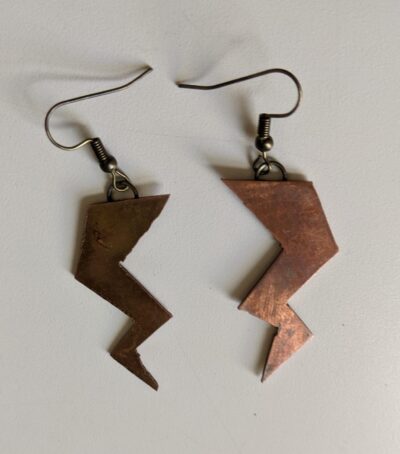
“Those are sick Killers earrings,” said a MechE friend. We bond over a shared love for the Killers.
David Bowie, a postdoc at my lab suggested. Another postdoc brought up a video game character I had never heard of.
“Oh my god, you actually made Harry Potter earrings,” said my little sister.
In truth, I’d thought of zero of these things. I simply had some copper plate and a bandsaw in front of me, and I’d learned recently that bandsaws, unlike scroll saws, don’t cut curves too well. The lightning bolt was all straight lines.
Once I had the lightning bolts, I wanted to connect the earring ring to the back via solder wire. Solder doesn’t take to every type of metal the same way (especially when your flux keeps evaporating), and copper and pseudo-brass aren’t the best of matches; but ultimately I was able to get it to stick, and voila, earrings!
This was probably the first project that travelled around half-finished in my backpack until I happened upon the equipment I needed to finish it; in this case, a soldering iron.02 they seemed much rarer back in September, before I had access to as many makerspaces, or realized many of my friends had one in their dorm room So I picked up the habit of carrying projects around, waiting for the right tools to show up.
2. trapeze
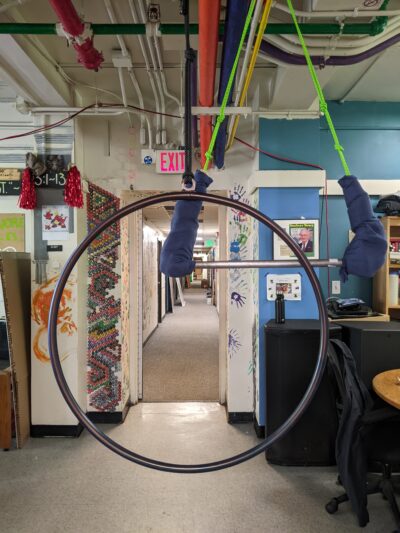
lyra and trapeze hanging in east campus
Fundamentally, a trapeze is a simple system. There is a bar held up by two ropes, with padding around the bar-rope joints to protect your joints. The only tricky part is sewing the padding together. The padding is fairly thick and therefore must be done by hand, and also needs to adhere to the rope. I used foam, which worked, though if I re-make this I’ll go for fabric scraps next time.
I learned some basic things, like how to burn the ends of ropes so that they do not fray, and how to operate a mill. I also learned what a strap wrench is — see below — which is incredibly useful for when the collet on a mill gets stuck.
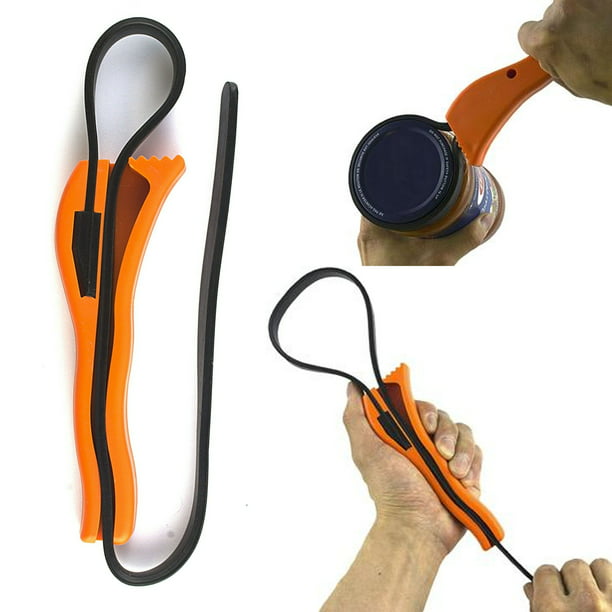
I *love* these! they make you so strong
This was also when I realized that I can be real bad at asking for help. Being independent is a good habit generally, but it isn’t super useful when, for instance, the mill collet gets stuck, and you aren’t sure if you just need to apply a lot more force unscrewing it, or if something went wrong. I was working on a persnickety mill, so a couple of problems that could be easy fixes kept cropping up, and I, new to milling, wasn’t sure how to fix them. Each time, I wasted a good bit of time before asking a shop mentor. By the end I had resolved to work on this and learn to ask for guidance when I needed.
As it turns out, extra force was often the key; hence the strap wrench, which grips round objects tighter than human hands.
3. abc costume
This one was fun!!03 also the longest section, whoops
There is a yearly ABC (Anything But Clothes) party which people make costumes for — this year saw a lot of covid bags taped or stapled together. My friends made really cool costumes from duct tape and ziploc bags filled with miscellaneous objects and snacks. I made ragtag bikini armor, like the heroines from fantasy paperbacks in the 1970’s.
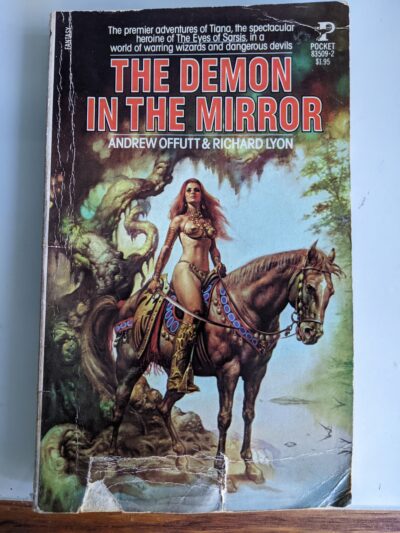
As a cross country runner, I have poured hours of research into sports bra mechanics. Bikini armor felt like something I was uniquely suited to make.
I cut a bra pattern into a sheet of aluminum and began to shape the cups. It was surprisingly easy. The main trick was cutting down the aluminum so that it fit.
This was early October, when I was new to shops. An alum I’d not met before came up and started offering me advice — repeatedly, despite the fact that he didn’t know much more about bending metal than I did.
In fairness, I was new. Still, there were a lot of new people, most of them men, and he wasn’t returning again and again to offer help to them. I was one of few women in the shop. I was making bikini armor.
I didn’t need help, but I didn’t know how to tell him I would be better served if he didn’t waste my time.
The alum told me he’d seen on Youtube some years ago that you can hammer rounded objects into sheet metal to round out the sheet04 he wasn’t entirely wrong; since then I’ve seen the technique used correctly in the forge , and he’d made a rounded rod for me, although I hadn’t asked him to. Could he hammer it on my project?
Looking at the rod, I knew in my gut that it would not work, and I should not say yes.
“Yeah, sure.”
It did not work! The alum didn’t round out the sheet at all, just left a dent somewhat smaller than a dime.
At that point I said that I’d prefer to work alone and took my project back. He slinked away. I don’t remember seeing him again.
I took the rounded rod and made a line of tiny dents, hoping it would look intentional.
In fact the end product looked messy, as ABC costumes do, and the lights were too low for anyone to see the dents. This was a fairly low-cost way to cement the importance of setting boundaries around your projects and learning process. I’m much better at that now; I want the scars in my projects to be from my own learning, not someone else’s mistake.
The vast majority of people in the shops around MIT, of any gender, have been respectful and welcoming. I’ve learned a lot from mentors and friends who share their knowledge. But when that isn’t the case, it’s okay to say, thanks, but I’ve got it. I know what I’m doing.
Anyway I was like ‘wow! Metal can just be bent how you want it to be! That’s kinda cool yo.’ Cutting copper or steel on a lathe or a mill made sense — hard materials require big machines. But metal is ultimately just a material, one which holds its shape and bends under the right amount of force. Sometimes it takes a great deal of force — but sometimes it doesn’t. You can make the right shape with your hands.
4. bike
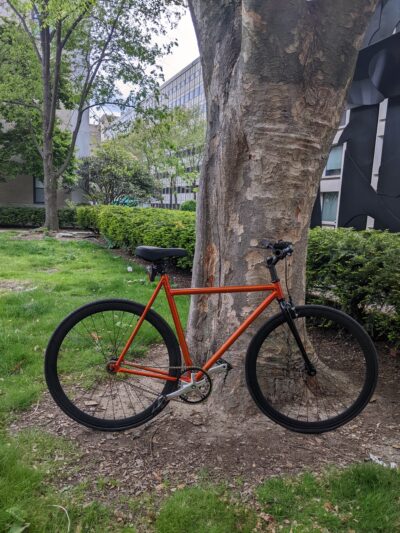
We welded bikes in a D-Lab class!
I learned how to weld, as well as how to use a tap and die, how to sandblast, and a lot of bike mechanics.
This was the class where I realized there is a distinction between being taught a new skill and practicing it enough to do it on your own. Since this class, I have been trying to make sure that after I learn a new skill, I repeat it enough to solidify it before the training wears off.
5. blacksmithing
I’ve written a whole blog about the forge. The forge is loud — there are lots of people hammering iron — and the instructors are so cool it is a little intimidating.05 I’m now taking an ironwork class with one of them! He's still a little intimidating but also wry and funny. They have a lot of insight and say it in few words, which is super cool, I wanna be like that.
Between welding, grinding down welds, and blacksmithing, I had my second epiphany of “metal just moves.” You can change it. You heat it up and hammer it and suddenly you have a leaf, a hook, a spiral, when before you just had a cold rod of iron.
I learned many blacksmithing techniques, like making bottle openers, leaves, and twists, and also forge welding. Here are some objects I made:
6. lyra

For my fall ProjX project, I made a lyra, which is like a trapeze but circular, which makes it harder to dance with but aesthetically more appealing. I learned how to use a tube roller! Everyone was like “wow you made a circle. You made the circle by yourself?”
I also cut and welded the connector joint, cleaned up the metal, and painted it. This was my first welding project that I executed entirely independently.
Hanging this is also an exercise in knot-tying and problem-solving, because there are not many designated trapeze-hanging locations on campus.
7. 2.007 robot!
2.007 is a class about building a robot to compete in an end-of-semester competition, which consists of challenges such as pushing various buttons, pulling a pendulum, rings, and Tim the Beaver, and pushing balls into bins. This class and this robot may be a blog unto itself; 2.007 is certainly an experience.


he makes the edges of holes not sharp
I practiced milling and turning on a lathe, and picked up many new skills: how to waterjet and laser-cut metal, when to use (and not use) epoxy, and the fact that the triangular deburring heads are the best.06 the fact that I like them so much is distinctly stockholm-ish because deburring hurts like a bitch I drew up many, many iterations of robot parts in Fusion 360. I also learned about various types of scissor lift, elevator lift, and winches, among other design components.
The main takeaways from this class are also planning and design skills: how to set yourself up to build a robot, and what the iteration process looks like. I re-designed one system several times, then integrated that sysem into the robot and saw what the additional weight and different geometry did to the robot’s other capabilities, like driving up a ramp. Driving up a ramp was unsurprisingly much harder, so I played around with how the different modules were integrated, and worked on improving them until the competition rolled around. I learned a lot — my systems at the end came together much faster than at the beginning — and overall building this robot was a highly educational trial by fire.
8. laser cut earrings and earring stand
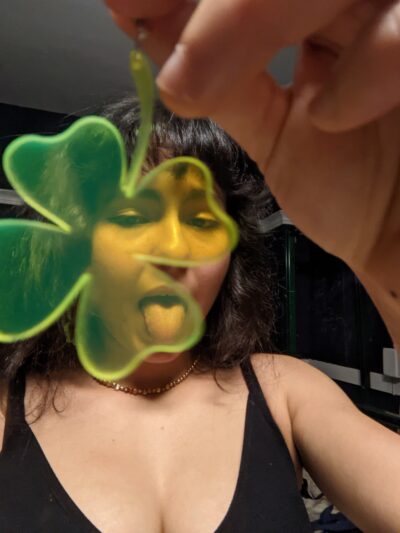
I was trained on a laser cutter my freshman year, and I was excited to come back to it! The earrings were for a St Patrick’s Day party, and the display (see below) was drawn up in a harried half-hour before a ProjX presentation when I realized I had no way to array the other earrings and jewelry I’d designed.
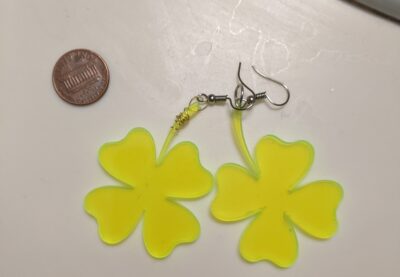
9. misc other earrings, ie pennies, wine corks, bottles
I make a lotta earrings, and I did my spring ProjX project on earrings from recycled or unlikely materials. I also finally had a drill in my room (thanks 2.007!), so I could now put holes in things when I wanted to, which is vital for jewelry-making.
My favorites here were the MIG welder tips and the tiny bottles full of beads.
10. the forge stand
This May, I built a stand for a forge to be set up in D-Lab. The shop mentor had drawn up a CAD model, and another student had done a few welds, so my part was to bend the side pieces, complete welding, and compile the frame into a 3-D stand. I figured out how to use square clamps, which was probably the biggest new skill. I worked mostly at night, when other students were in the shop but without mentors present. When the MIG welder malfunctioned, I fixed it; I bent tubes, sanded, grinded, cut and welded — all skills I’d learned this year.
When I finished, I left the lab around 1 am. The nights were growing warmer, and you could see a star or two in this light-polluted city if you looked. I felt exhausted but deeply satisfied. The tops of my leather boots were shiny with steel dust.
I had fun with these projects! It was great to see my learning curve. I have a lot of goals for projects going forth, from adding more electronics and dynamic mechanisms, to figuring out resin printing and embroidery, to working in bigger groups of people and integrating my work with more complex systems. I’m excited for things to pick up this semester!
- actually I think each building project is like a sidequest: fully unnecessary and a lot of work, but also what is the point of the game if you do zero sidequests? I do not know. I haven’t played games for years back to text ↑
- they seemed much rarer back in September, before I had access to as many makerspaces, or realized many of my friends had one in their dorm room back to text ↑
- also the longest section, whoops back to text ↑
- he wasn’t entirely wrong; since then I’ve seen the technique used correctly in the forge back to text ↑
- I’m now taking an ironwork class with one of them! He's still a little intimidating but also wry and funny. back to text ↑
- the fact that I like them so much is distinctly stockholm-ish because deburring hurts like a bitch back to text ↑
